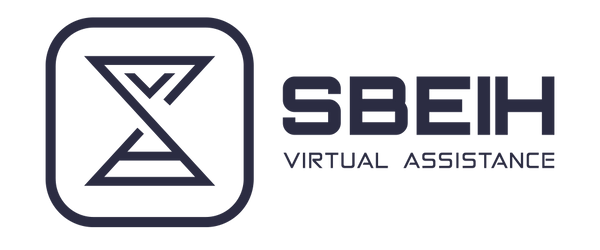
Although productivity is vital in all facets of life where outcomes are necessary or when people desire to attain goals, it is probably most significant in the workplace. What are the best methods to help you maximize productivity both professionally and personally?
According to a vouchercloud survey, the usual day for a worker only has two hours and 53 minutes of productive time. That is equivalent to 36% of an average workday. This number may seem incredibly low, but when you consider all the distractions that exist during working hours, such as crowded workplaces, frequent meetings, and ringing notifications, it comes as no surprise.
The typical 9–5 workday has been replaced by more flexible working arrangements as the modern workplace has evolved and moved toward hybrid arrangements that include in-person, remote, and online work. While some of these changes have motivated some people to work more productively, for others, these new circumstances provide difficulties for both the employee and the employer, who must devise fresh strategies for monitoring productivity and inspiring their employees.
Productivity is crucial because each day only has so much time. Greater results can be achieved by either investing more time or working more efficiently. There is no magic trick to managing your time better, but it can increase your productivity at work. Even a few time-saving techniques added to your daily routine should increase your sense of overall productivity.
The good news is that, though, there are ways to enhance productivity at work, as well as ways to help you and your staff do more work in less time.
Let’s go through productivity management first
Productivity management is an organizational structure or framework that assists people and teams in increasing their productivity. Productivity is the rate at which an organization or its employees transform inputs, such as labor and capital, into outputs, such as goods or services. Managers use goals, incentives, development, and communication tactics to improve staff performance and productivity.
This productivity maximizes the business's gains directly- through increased productivity and quality- or indirectly- by retaining the best employees, upskilling them, and giving them more responsibility. Productivity increases in well-managed teams.
Productivity is achieved by modifying the following areas:
- Stacking habits: You can't expect to change all of your productive habits overnight. Make tiny, incremental modifications to see what works and what doesn't.
- Time management: This is a set of abilities that helps you make the most of your time. Time spent on activities must produce outcomes in order to be productive.
Accountability: Having someone hold you accountable can be beneficial if you want to boost your work productivity with external help or build a personal journal system to hold yourself accountable to constantly updated goals, which will keep you on track.

Step 1: Find out what isn't working for you
Here is where you figure it all out. Make an audit of the working hours for you and your team. Find the key time sinks in the schedule and the downtime where employee productivity suffers. Finding these ineffective patterns of behavior and undesirable habits can be made easier with this observation.
Ask: “Does your staff squander time at a particular hour of the day? If project deadlines are set too loosely, do procrastination levels increase? Has the output of your remote workers increased or decreased?” Engage your team in this process. Each team member will have suggestions for increasing productivity that you would not have otherwise thought of.
Step 2: Realise that less is more
Doing less is one of the simplest strategies to boost productivity. Find areas where you may make savings, whether for you, your staff, or your business. It's physically hard to divide yourself into five or more different versions of yourself, but if you have other contacts with whom you can share the burden, it's not completely impossible. Where assistance is possible, delegate small tasks to others so you can concentrate on the bigger fish that need to be settled. SVA Agency is one such delegation company where we believe you deserve to rest as we tackle the overlapping tasks. It's not about delegating tasks you don't want to do. Instead, it entails ensuring that everyone is engaged in tasks most appropriate for their abilities and availability. Although delegating tasks you hate is also encouraged.
Also, remember that saying "no" is a productivity trick. However, it can be difficult to say no to a job, trying to accomplish too much leads to subpar work. It is advisable to keep your workload as limited as possible because doing otherwise will harm your business.
Step 3: Try time management tools
Many people explore time management approaches while thinking about how to be more productive. A person can utilize various techniques and tools to manage their time effectively. Determine where you truly spend your time first. Make a visual representation of the roughly equal amounts of time you spend on work, household tasks, travel, social media, and leisure activities. How long did it take you to complete that paper? When you worked from home, did a job take longer because you were distracted? Think about how you spend your time and measure it.
On the basis of this result, set goals. Time can be freed up for what's most important to you, like spending more time with friends and family, by planning ahead and putting time limitations on your duties and priorities. What’s more? Join a time-management program that helps you stay on track, measure your productivity levels, feel confident about spending your time, and feel extra, extra productive.

The finest general productivity advice will differ depending on the individual and the business. But even a minor change, such as cutting back on meetings, organizing your to-do list, or urging staff to disable alerts for an hour each day, can have a significant impact.

